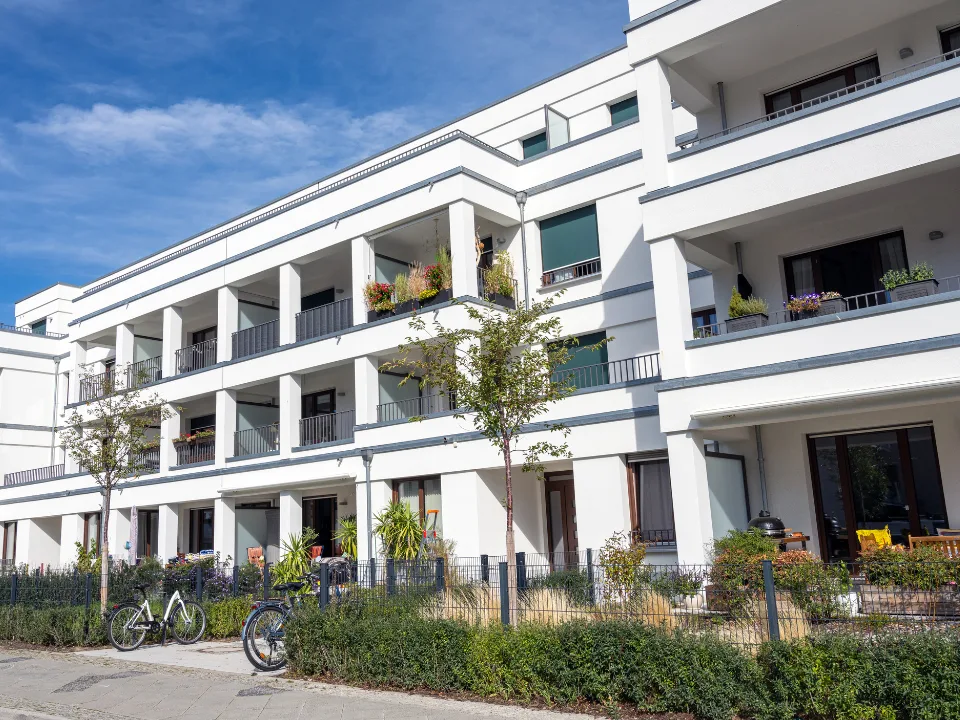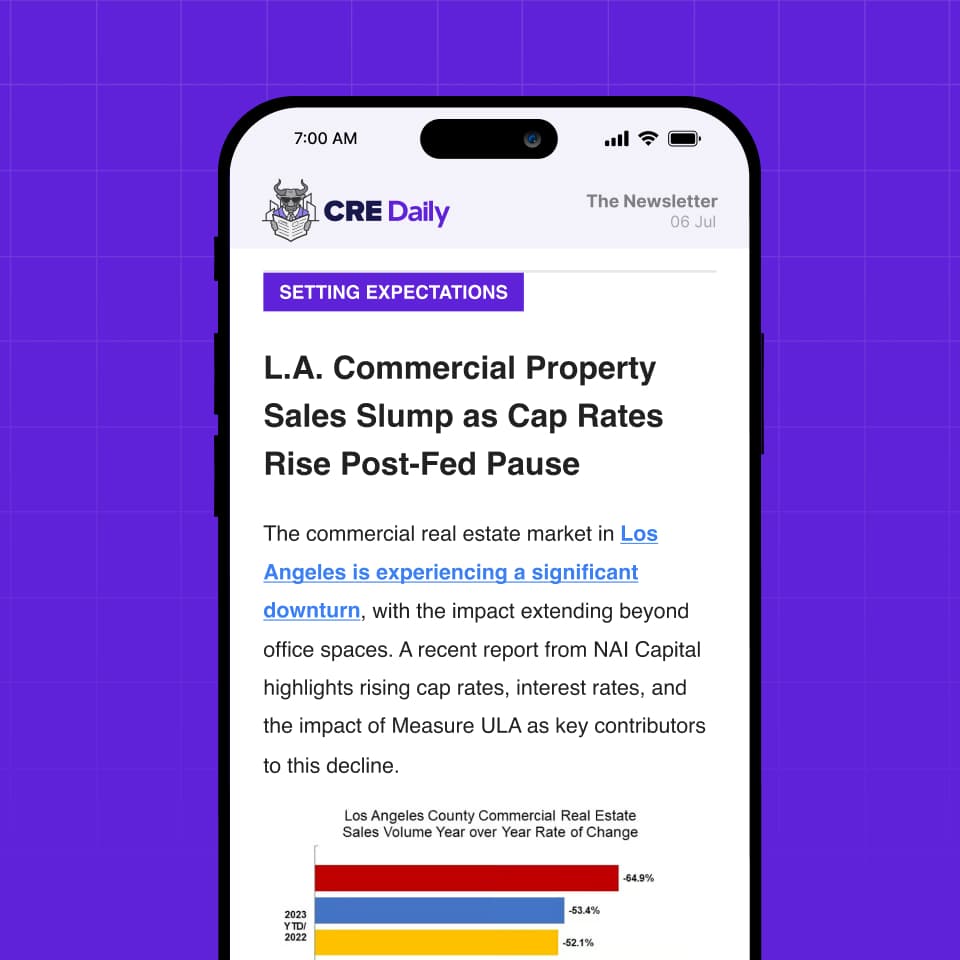- Loan Modifications Soar: CRE loan modifications grew from $21.1B in March 2024 to $39.3B by March 2025, reflecting intensified restructuring activity across CMBS, CLOs, Freddie Mac, and single-borrower large loans.
- Record Activity in March: March 2025 saw $2B in modifications across 47 loans — the highest monthly total since May 2024.
- Willis Tower in Focus: A $1.33B loan on Chicago’s Willis Tower was extended to 2028, exemplifying the “extend and pretend” strategy prevalent in the current market.
- Market Strategy Shift: Lenders are favoring flexibility and extensions over immediate resolutions, raising concerns around long-term asset valuations and credit risk.
A Three-Year Trend Reaches New Heights
According to the Commercial Observer, loan modifications in commercial real estate have surged. CRED iQ data shows $39.3B in modified loans through March 2025 — nearly double the $21.1B from one year earlier. This sharp increase points to a market leaning heavily on restructuring.
In March 2025 alone, $2B in modifications were logged across 47 loans — the highest since May 2024. Over three years, activity has been uneven. For example, July 2022 saw just $11.3M in changes across two loans. In contrast, July 2023 hit a peak of $2.4B spread across 632 loans.

Case in Point: Willis Tower’s $1.33B Loan Extension
One standout case is Chicago’s Willis Tower. The 3.8M SF office building had a $1.33B interest-only loan, originally maturing in March 2020. The borrower used all five one-year extensions and, in March 2025, pushed the maturity to March 2028.
When underwritten in 2018, the tower was appraised at $1.78B. Today, it has an 83.1% occupancy rate and a DSCR of 1.32. These numbers show the asset is stable, even as market challenges remain. As a result, lenders chose to extend terms rather than push for resolution.
A Market Redefining Risk and Response
This jump in modifications signals a new approach. Instead of foreclosing or forcing sales, lenders are buying time. They’re extending maturities, hoping market conditions improve. However, this tactic raises risks. Prolonged delays can make it harder to assess asset values.
In turn, financing strategies may shift. Lenders now must balance flexibility with the reality of slower debt recovery. Borrowers, meanwhile, need to prove performance amid rising scrutiny.
Looking Ahead
With nearly $40B in modified loans, the CRE market is in a holding pattern. Patience is now a strategy. At the same time, lenders must be cautious not to mask deeper problems.
Going forward, loan modifications will remain a key trend. They reflect both caution and adaptability. As conditions evolve, staying informed will be crucial. CRED iQ will continue tracking these shifts to help industry players plan their next move.
Get Smarter about what matters in CRE
Stay ahead of trends in commercial real estate with CRE Daily – the free newsletter delivering everything you need to start your day in just 5-minutes














